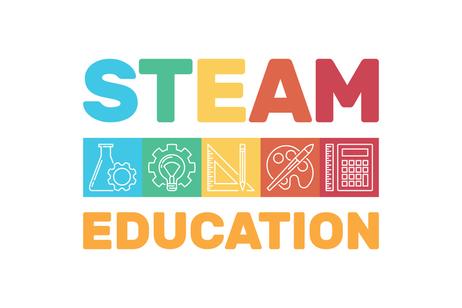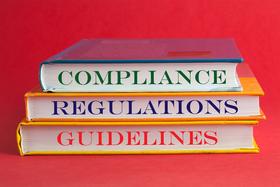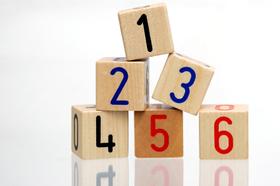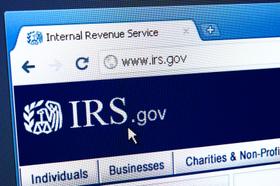Your baby is not even a year old, but already you're thinking about preschool. Should you send her to preschool or wait until kindergarten? Will she be OK in your local public school, or would the private preschool your friends and family keep mentioning be a better option? I've been there. Done that. Both of my daughters attended private preschools, mainly because back in the 70s, there was no public preschool option, at least that I can remember. Furthermore, I was blessed with a supportive mother-in-law who paid for her granddaughters' preschool. So, with that in mind, here are my suggestions to help you choose preschools that suit your needs and requirements best.
Which Early Education Approach?
Choosing the right early childhood education approach for your child is a significant decision that can shape her developmental journey. With various fine educational philosophies available, parents often face a confusing array of options. This article aims to demystify three popular early childhood education approaches: Montessori, Waldorf, and Reggio Emilia. By understanding the core principles, benefits, and potential challenges of each, you can make an informed decision tailored to your child's unique needs.
The Montessori Method: Fostering Independence and Self-Discipline
The Montessori method, developed by Dr. Maria Montessori (1870-1952) in the early 20th century, emphasizes independence, self-discipline, and hands-on learning. In a Montessori classroom, children are encouraged to explore and learn at their own pace, guided by specially designed materials that promote sensory-based learning.
Key Principles and Practices
Child-Centered Learning



































